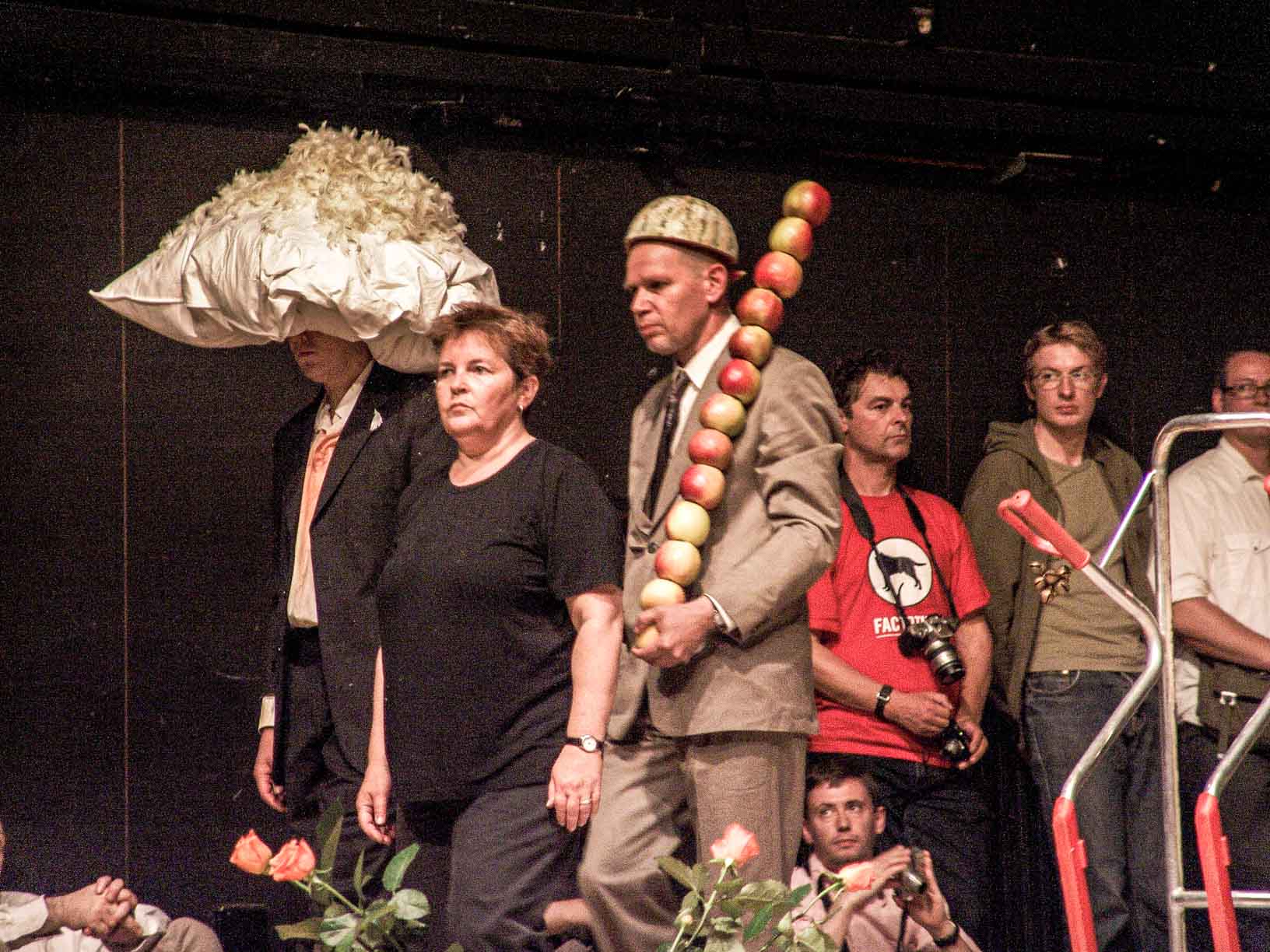
" Reexamining the relationships between stock prices and exchange rates in ASEAN-5 using panel Granger causality approach,"Įconomic Modelling, Elsevier, vol.
 Liang, Chin-Chia & Lin, Jeng-Bau & Hsu, Hao-Cheng, 2013. Theoharry Grammatikos & Robert Vermeulen, 2011.Ģ87, Netherlands Central Bank, Research Department. " Transmission of the Financial and Sovereign Debt Crises to the EMU: Stock Prices, CDS Spreads and Exchange Rates,"ġ0-13, Luxembourg School of Finance, University of Luxembourg. Theoharry Grammatikos & Robert Vermeulen, 2010. It is shown-that for "always" anticipated disturbances there is no jump in the premium, but a gradual adjustment that precedes the actual seasonal in the current account. The paper concludes with a discussion of seasonal patterns in the premium. In applying the distinction between anticipated and unanticipated disturbances it is shown that the current expectation of a future maxi-devaluation leads to an immediate rise in the premium, with a subsequent decline when the maxi actually takes place. Asset market disturbances, such as increased inflation uncertainty or increased variability in the official real exchange rate policy are shown to have ambiguous effects on the premium. Unanticipated current account improvements due, for example, to increased export taxes that promote smuggling, lead to a decline in the premium.
Liang, Chin-Chia & Lin, Jeng-Bau & Hsu, Hao-Cheng, 2013. Theoharry Grammatikos & Robert Vermeulen, 2011.Ģ87, Netherlands Central Bank, Research Department. " Transmission of the Financial and Sovereign Debt Crises to the EMU: Stock Prices, CDS Spreads and Exchange Rates,"ġ0-13, Luxembourg School of Finance, University of Luxembourg. Theoharry Grammatikos & Robert Vermeulen, 2010. It is shown-that for "always" anticipated disturbances there is no jump in the premium, but a gradual adjustment that precedes the actual seasonal in the current account. The paper concludes with a discussion of seasonal patterns in the premium. In applying the distinction between anticipated and unanticipated disturbances it is shown that the current expectation of a future maxi-devaluation leads to an immediate rise in the premium, with a subsequent decline when the maxi actually takes place. Asset market disturbances, such as increased inflation uncertainty or increased variability in the official real exchange rate policy are shown to have ambiguous effects on the premium. Unanticipated current account improvements due, for example, to increased export taxes that promote smuggling, lead to a decline in the premium. 
In comparative static applications the model has the properties of current account oriented models of the exchange rate. The model is closed by a model of official exchange rate policy and the assumption of rational expectations.

The current account of the black market is specified in terms of the sources and uses in the flow market for dollars, mainly smuggling proceeds and flows associated with tourism. A capital asset pricing approach is used to derive an asset demand for dollars, or equivalently a real yield premium in market equilibrium. The building blocks of the model are three. While the specific details of the model were chosen with the Brazilian case in mind, the structure of the model is quite general and suitable for application to black markets for currency elsewhere. The paper develops an analytical framework to discuss the determinants of the premium in the black market for dollars in Brazil.







 0 kommentar(er)
0 kommentar(er)
